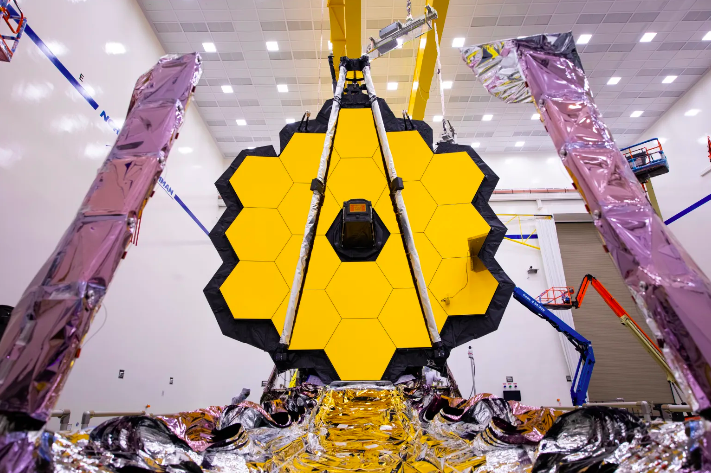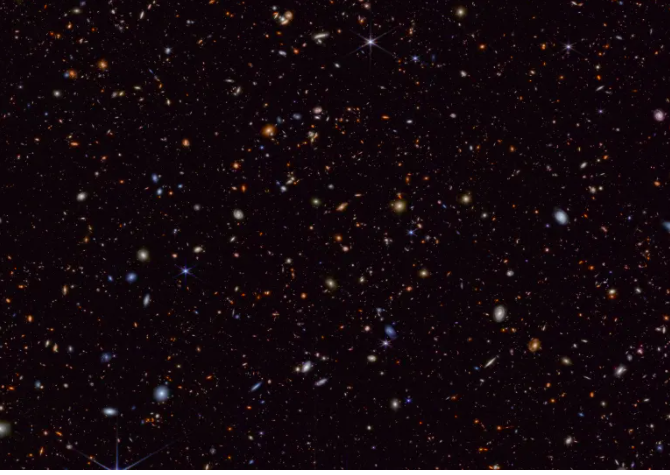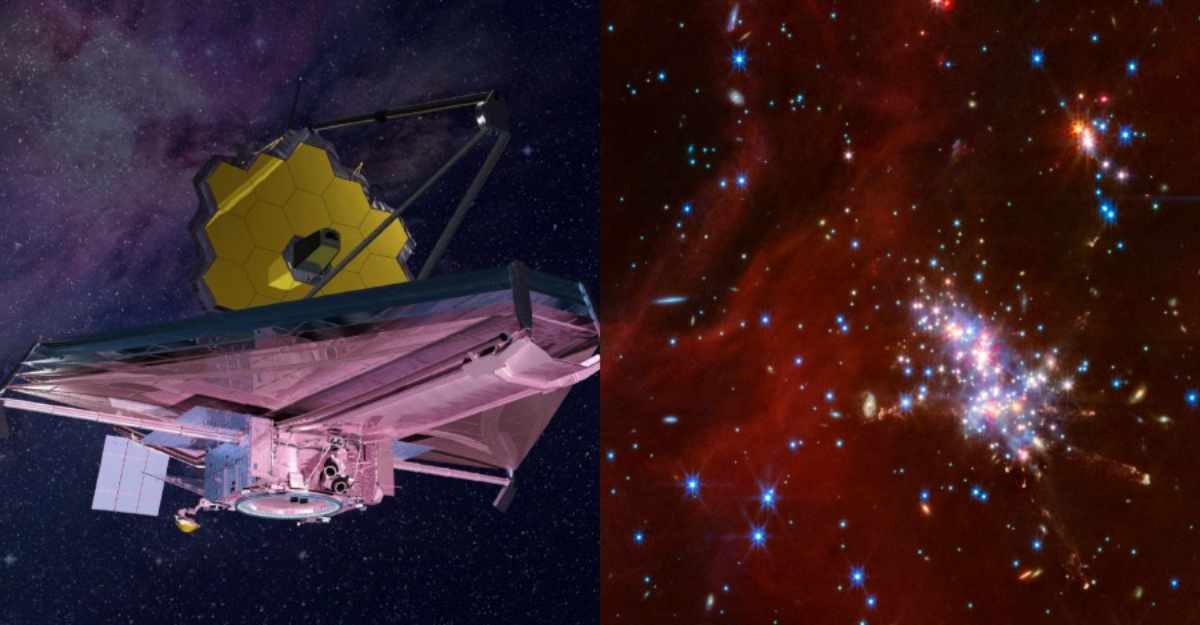To what extent is the most sophisticated telescope in the world can see space? This is the answer
The universe is full of mysteries that have not been revealed. Although various studies and experiments have been conducted, there are still many phenomena that cannot be fully explained by human intelligence.
In the field of astronomy, agencies such as national aeronautics and space administration (NASA) have decided to observe and study the system of the sejira. They developed sophisticated telescopes to detect every activity in space.
However, the problem arises the extent that these telescopes are actually able to look into space?
Before commenting further, you must first know the existence of the first telescope made in the world.
Made by Dutch glasses, Hans Lippershey in 1608, it opened the way for extraordinary technology which then revolutionized our understanding of the universe.
Although the creation telescope only uses a simple lens to enlarge objects about three times, scientists develop this concept so that they are able to look far into space.
However, there is a telescope that is stronger than the others, allowing us to detect stars and galaxies, and study extreme phenomena such as black holes and einstein rings (einstein rings).
The most powerful telescope and how far he can look into space
The telescope is James Webb Space Telescope (JWST) was launched in December 2021 to detect infrared waves and near-inframes, which is the wavelength in the electromagnetic spectrum that is not visible to humans but can be felt as heat.
It has a different task from the Hubble room telescope that was previously created. Hubble is designed to detect light in visible spectrum and ultraviolet rays. This is a wavelength that is often emitted by young stars.
In space, many objects do not produce or reflect enough light in the spectrum can be seen with the naked eye or detected remotely.
Also read: James Webb Telescope Effects of Life The existence of life on planets other than earth
However, infrared light has a longer wavelength that is easier to detect from a very far distance. This wavelength can also penetrate dust clouds, making it very useful for astronomers who want to see the farthest part of the universe.
Even a strong new telescope like Vera C. Rubin Telescope in Chile has not been able to see that far must face obstacles such as cosmic dust.
When the universe begins, it is in a solid and heat condition consisting of proton, neutron and electron particles. When expanding and cooling, the first stars and galaxies begin to form. The earliest object we can see is around 13.7 billion years, which is only more than 100 million years after the large explosion (Big Bang).
According to astrophysicians at the Space Telescope Science Institute, Baltimore, Carol Christian, most of the JWST powers come from their large main mirror.

The main mirror of the JWST is 6.5 meters, giving the area the area of accumulation of light 25 square meters. As a comparison, the main mirror of Hubble is 2.4 meters in diameter with a collection area of almost 4.5 square meters. However, both telescopes can see billions of light years such as space, far from the earth’s atmosphere disorders.
JWST is also equipped with an infrared light detector that receives light from its large mirror, allows it to detect long distance light that cannot be seen hubble.
Earth’s atmosphere creates various problems for telescopes on land, from light pollution to “turbulens atmosphere”, which is a random air movement. These factors can obscure or distort the image and limit the telescope ability to look far into space. As a result, many of the strongest telescopes are placed outside the atmosphere of the earth.
For JWST, the ranking is about 1.5 million kilometers from the earth at a special point called the lagrange point, which is the location where the gravitational attraction is in a stable balance for satellites to remain in the orbit.
How far can you see?
According to live science, when we see the night sky, we really look into the past. The lamp is moving at a speed of 299,792,458 meters per second, which means the light that reaches us from distant objects is the light emitted by million or billions of years ago.
Light from the sun takes eight minutes to reach the ground, while Jupiter takes 43.2 minutes.
However, the distance to the outside of the universe is much larger, making the calculation more complicated. According to Jakobsen, astronomers solve this problem by measuring red transfer (red shift) Space object.
Red displacement is a phenomenon when light from objects -far away turns into a longer and red wavelength when the universe develops. The farther the object, the greater the red transfer value.
At present, one of the biggest red transfer that is known is Jades-GS-Z14-0, which is around 290 million years after a large explosion.

In addition, Mom-Z14 which is not published in the journal is estimated to have only 280 million years after a large explosion with a red displacement value of 14.44, greater than JADS-GS-Z14-0 (14.18).
A study analyzed several large and remote galaxies that were detected by JWST and found that it might be older than the expected universe.
JWST has proven his ability to look further into the cosmos of the past rather than Hubble, which can only see up to 13.4 billion years.
At present, JWST remains the champion of the past, but new competitors are being developed.
China is building a space telescope called a Chinese space station telescope, using technology that allows it to collect more light frequencies than JWST, so that it has the potential to get more information than the universe.
Source: Direct Science
Post how many most sophisticated telescopes in the world can see space? This is the answer that first appeared at Siakap Keli.
Game Center
Game News
Review Film
Rumus Matematika
Anime Batch
Berita Terkini
Berita Terkini
Berita Terkini
Berita Terkini
review anime


